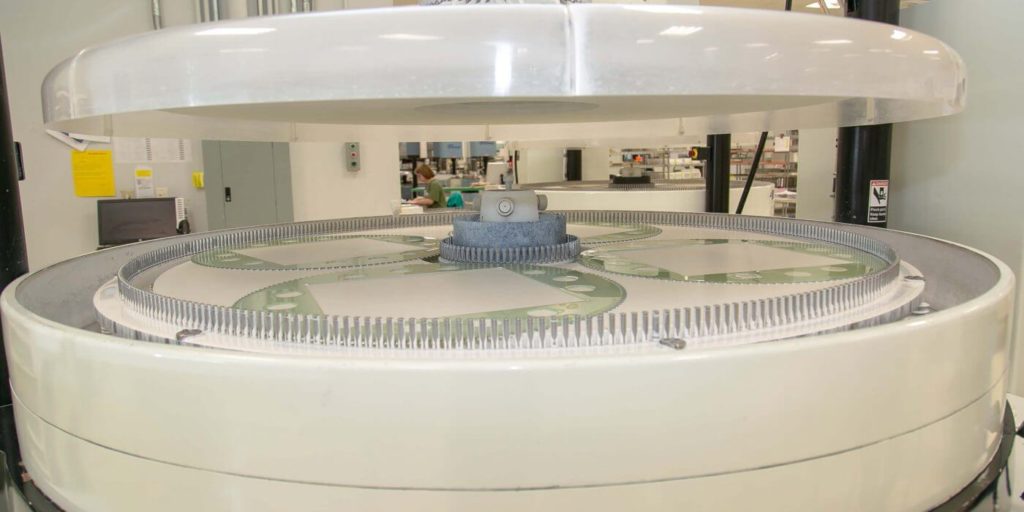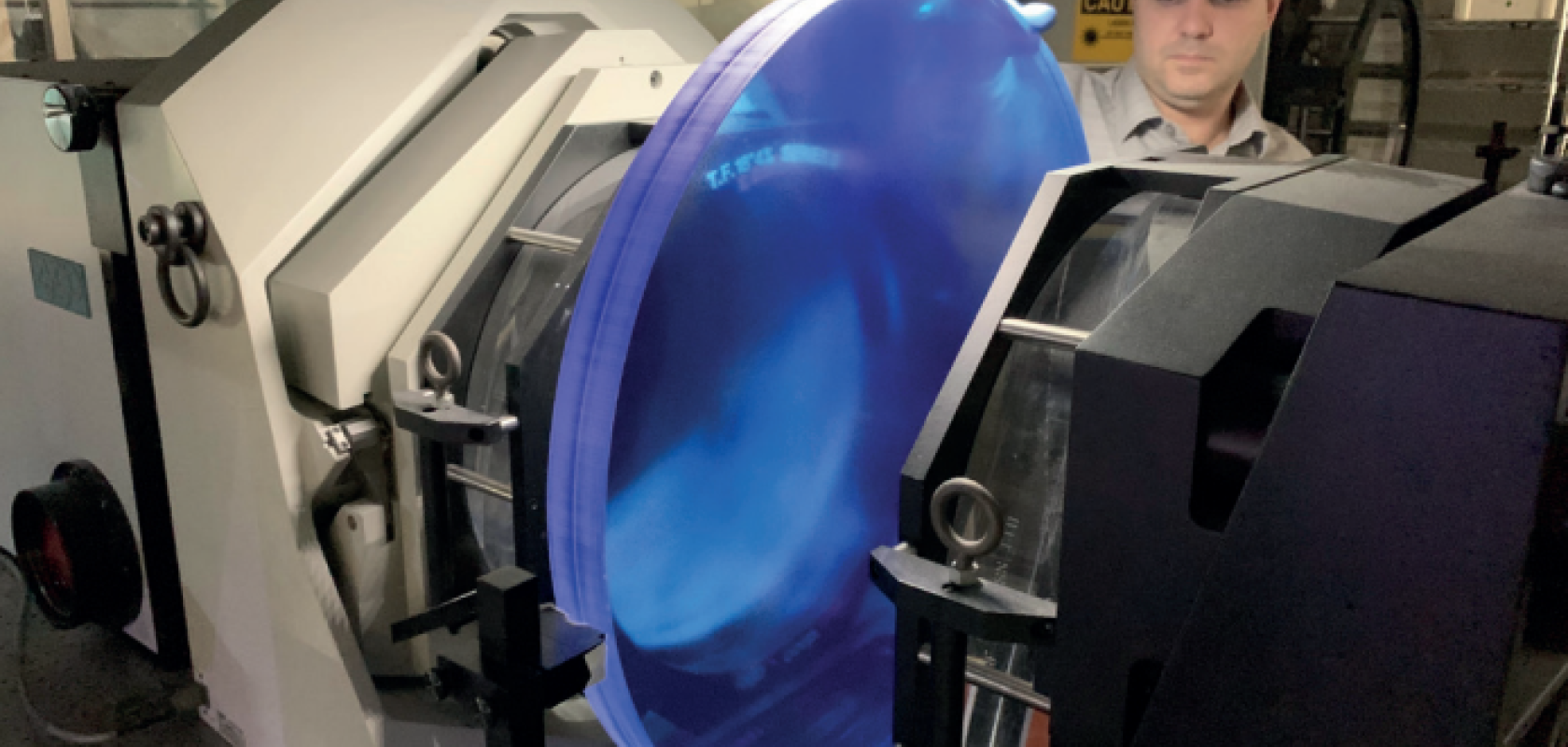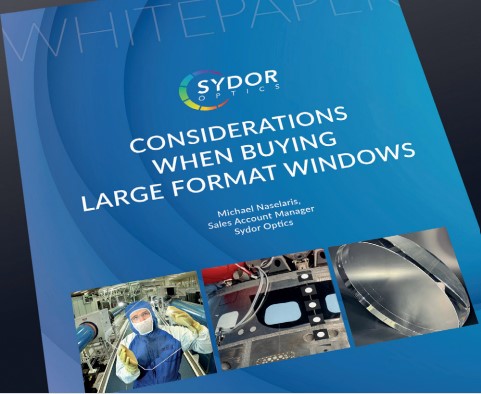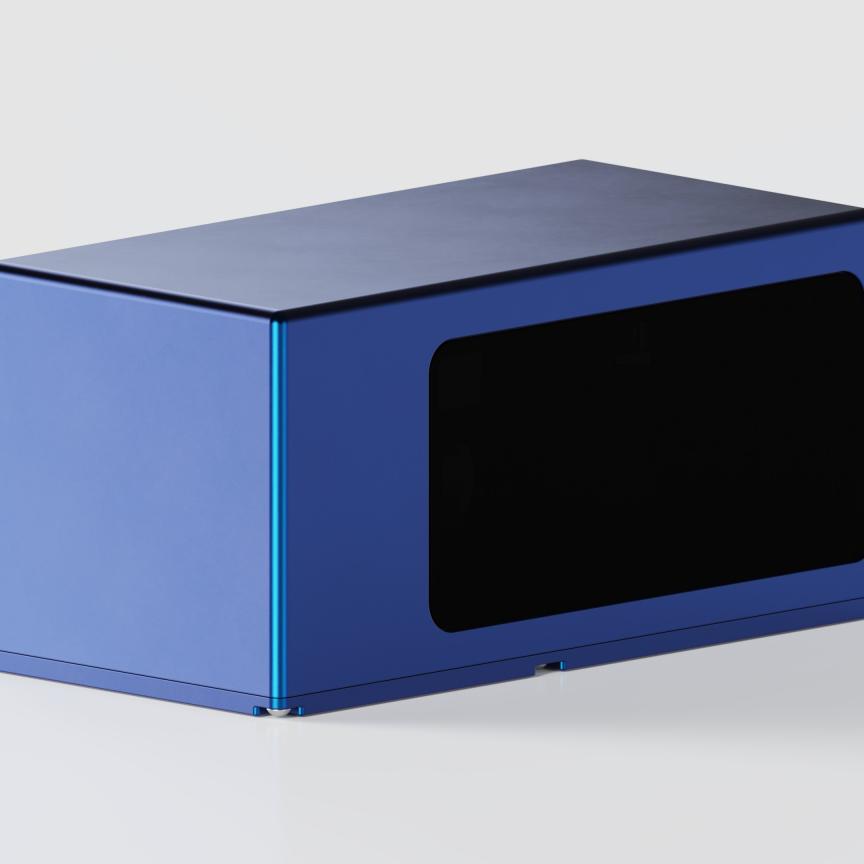Optical windows play a crucial role in a number of industries, enabling breakthroughs and facilitating innovation. These components have a rich history, with their use dating back to ancient times when glassmakers crafted small, rudimentary lenses for magnification purposes.
An optical window is a specialty component, fabricated from optically transparent materials, typically glass or specialised crystals. It is designed to allow the transmission of light while also maintaining optical clarity and minimising distortion. Optical windows are usually flat or curved plates or discs that are transparent to a specific range of wavelengths, depending on the intended application.
Types of optical windows include visible windows, which are specifically designed to operate within the visible spectrum, encompassing the range of light visible to the human eye. Infrared windows find extensive utility in applications operating within the infrared light spectrum. Ultraviolet windows are particularly relevant for applications in medical, industrial, and defence sectors, especially those involving laser instruments.
The primary purpose of an optical window is to provide a barrier between different environments while allowing the passage of light. They act as protective covers or barriers, ensuring that the internal components or sensitive instruments are shielded from external factors such as dust, moisture, or atmospheric conditions, while still enabling optical observation, measurement, or interaction with the external environment.
Optical windows are commonly used in optical systems, devices, and instruments across numerous markets. The characteristics and properties of optical windows are carefully chosen based on the specific requirements of the application. Factors such as transparency, refractive index, mechanical strength, thermal stability, and chemical resistance need to be taken into consideration when selecting the appropriate material for an optical window.
These windows are utilised in a wide range of applications. In medical and healthcare fields, optical windows are crucial components in imaging devices such as endoscopes, CT scanners, and laser-based surgical systems, allowing medical professionals to visualise internal structures or perform precise procedures. They also find applications in industrial inspection systems, underwater exploration, and many other areas where optical clarity and protection are essential. In scientific research and engineering, they are used in microscopes, spectrometers, and other optical instruments to provide a clear view of the target or object under study.
Large-form optical window applications
There are some applications however, that require larger optical windows to satisfy design requirements. These include astronomy, lidar, aerospace, defence and, more recently, free space communications. Zach Hobbs, Director of Engineering at global optics manufacturing specialist, Sydor Optics says: “We’ve seen more requirements for large optical windows using infrared materials such as silicon, sapphire, germanium.” He said these were in addition to zinc sulphide and selenide, “which are most often used in aerospace applications. We’re also seeing more requests for calcium fluoride, which is already big in the semiconductor industry, but we’re seeing a lot more in other applications, too.”
Overcoming the challenges of working with large-form optical windows
Working with optics of this size can present its own set of challenges. Their size and weight can pose logistical hurdles during installation in space-based applications. Manufacturing these windows with high precision and maintaining their structural integrity can also be technically demanding and expensive, so it is essential to find an experienced partner who can help through the whole process, from design and material selection, through coating and delivery. It’s also important to consider, when selecting a supply partner, that they will need to have the available equipment to work with larger form optics.
Hobbs explains: “It’s all about balancing the specifications. At Sydor, we have substantial capabilities metrology-wise, where we’re able to measure the transmitted wavefront on windows up to 24 inches in diameter, or diagonal. That gives us unique capabilities to verify those windows in transmission as opposed to someone who might have a smaller interferometer and has to verify it over smaller sub-apertures, and we can verify over the whole size of the window, which is definitely important for what our customers need. Having all of that is important, including making sure things like roughness and coating, for all of those specifications are well aligned for the customer’s application.”
On the polishing side, the company has the advantage of having large enough machines set up to process volumes of these large components.

Sydor Optics has more than 40 double-sided polishing machines
“We have more large double-sided machines than anyone else in North America dedicated to optics and optical windows,” says Hobbs. “That gives us the unique advantage of being able to process these different materials, because they all require different consumable packages. In addition, double-sided polishing provides excellent transmitted wavefront with superior parallelism. Generally one arcsecond or less is easily the specification within our operating capacity. When it comes to large windows, we can run multiple parts at a time, and within that group of parts, you’re going to have very good uniformity.
That gives us the capability to do batch processing, which really helps our customers to keep costs within reason.”
Another challenge for users of large optical windows is the confidence and comfort that what they receive will meet their specifications, which is another area in which Sydor Optics can help. “In our case, we ship at a very high volume and our customer returns are extremely low.”
In fact, so far this year, the company’s customer acceptance level is at 99.98%. “We take great pride in making sure that when an optic leaves our facility on its way to its customer that it meets the requirements, and that our customer is going to be delighted with the outcome of the optic that we’ve made for them. That’s why the metrology equipment is very important.” In terms of the most recent developments at Sydor Optics, the company has now also added a larger-format pitch polishing machine to its facility. “The new machine enables us to process these large windows, so in case a customer does have a really tight flatness requirement, we can now meet that specification, because we can polish windows up to 600mm in size utilising this new machine. We’ve achieved extremely good results with it, and it’s been really helpful within our arsenal of polishing machines to make sure we’re meeting our customers’ needs.
Find out more



